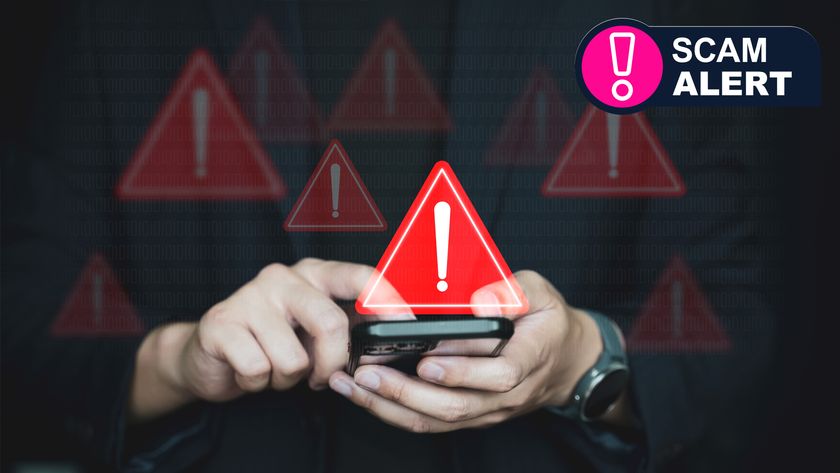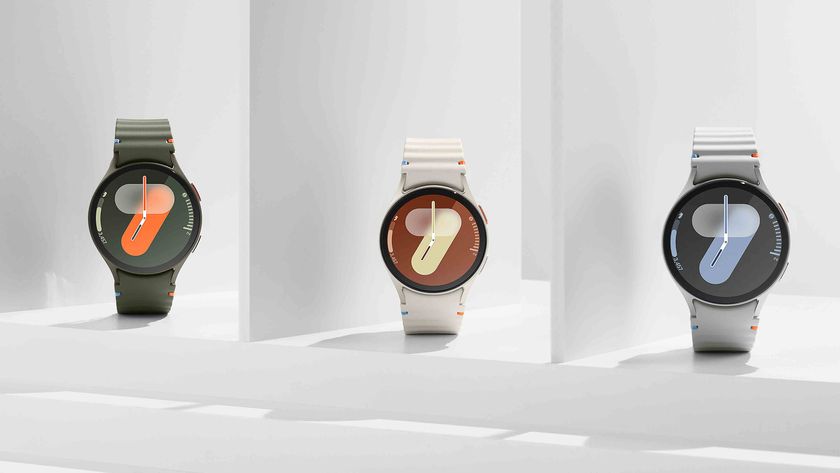24 quick and easy PC security tips
Keep your machine secure on Safer Internet Day
12. Set time limits for computer use
It's best for your children to be online when you are around to help out if something goes wrong. If you click on Time Limits you'll see an empty grid; you can block times by colouring them in with the mouse – if the user attempts to log on to your PC during a blocked period, Windows will turn them away. While configuring the Time Limits, click inside the grid to set when your child is allowed access to your computer. Allowed hours are white, and blocked hours are blue.
13. Put a stop to programs
You can stop users launching certain programs – handy if you don't want others to see your finances in Microsoft Money. Click Allow and Block Specific Programs to see a list of the software on your PC. You now have two options: let the user launch any program, or restrict them to specific software. If you choose the latter, any programs you don't tick in the list won't be available to that user.
14. Gore-free gaming
If the box says 'Hello Kitty' but the game is really Hell Kitten, you may not know exactly what the kids have been playing – but, by using this control, your PC certainly will. From the Parental Controls menu, click on Games. You can choose to block games altogether, block or allow specific games, or limit games by age rating. Restricting games according to age rating is one of the easiest ways to ensure that children don't play inappropriate games. Click on Set Game Ratings and then choose the classification.
15. User account control will protect
UAC works in two ways. If you're logged in as the computer administrator (which, as the owner of the PC, you probably will be), system changes no longer happen silently. Instead, the UAC warning will pop up and nothing will happen if you don't click Continue.
16. Using Bitlocker and the TPM chip
BitLocker has been designed to work with PCs that include a TPM (Trusted Platform Module) chip, and if your PC has such hardware then you'll be able to log on normally with BitLocker. If you don't have a TPM chip you can still use BitLocker, but you'll need a USB flash drive. Your BitLocker password will be installed on this drive, and you'll need to insert the drive every time you boot your PC.
17. Enabling BitLocker on a non-TPM PC
If you don't own a TPM-enabled computer, you need to make a few changes to Windows Vista. First click on Start and type 'gpedit.msc' into the search box. Press Enter and then click the Continue button if the User Account Control dialogue box pops up. Next click on Local Computer Policy > Administrative Templates > Windows Components.
Get daily insight, inspiration and deals in your inbox
Sign up for breaking news, reviews, opinion, top tech deals, and more.
18. Discover unwanted software
The Software Explorer section of Windows Defender helps you understand which software and services are running on your computer and stops or disables 'rogue' software, including that which starts automatically and communicates over the internet – the Software Explorer lists all of these processes and helps you stop or disable potentially malicious software.
19. Automatic scanning in Defender
When you launch Windows Defender, it tells you when it last scanned your PC. If you want Windows Defender to scan automatically, click Tools in the toolbar. The system scan checks known areas for matches with the definition file; scans are scheduled for 2am, If you want to change the time, use the fields for Frequency and Approximate Time.
20. Real-time protection for your system
Real-Time Protection (on by default) checks on crucial elements of Windows and warns of attempts to change them. Only disable if using another anti-spyware package. At all stages, Windows Defender is simple to use and comes with preconfigured settings to help you set up a stable platform and then continue to stay secure. An easy user interface gives you more control over your software. Common tasks such as scanning, blocking and removing unwanted software are easier than ever to schedule.
21. Update your definitions
Spyware is constantly being developed so is an evolving threat; Windows Defender automatically makes sure it has the latest definitions before a scheduled scan, so you are better protected from new threats. Definition updates are created by Microsoft analysts with help from an active network of Windows Defender customers who submit spyware reports, which you can choose to join in with.
22. Check your firewall
The Windows Firewall is on by default. You can check its status in the Windows Security Centre, accessible via the Control Panel or you can type 'Windows Firewall' after opening the Start menu.
23. Restrict unexpected events
The Windows Firewall helps protect by restricting other operating system resources if they behave in unexpected ways – a common indicator of the presence of malware. For example, if a component of Windows that is designed to send network messages over one port on your PC tries to send messages via a different port due to an attack, Windows Firewall can stop that message leaving your PC, preventing the malware spreading to other users.
24. Watch the IE padlock
The all-new Internet Explorer Security Status Bar means you'll know exactly how safe the website you're browsing is. It cycles through various status colours to highlight if a site is very secure (green), if it appears unsafe (yellow), or if it's very unsafe (red).
-------------------------------------------------------------------------------------------------------
Now read 8 security systems to keep your home safe
Sign up for the free weekly TechRadar newsletter
Get tech news delivered straight to your inbox. Register for the free TechRadar newsletter and stay on top of the week's biggest stories and product releases. Sign up at http://www.techradar.com/register
The TechRadar hive mind. The Megazord. The Voltron. When our powers combine, we become 'TECHRADAR TEAM'. You'll usually see this author name when the entire team has collaborated on a project or an article, whether that's a run-down ranking of our favorite Marvel films, or a round-up of all the coolest things we've collectively seen at annual tech shows like CES and MWC. We are one.













